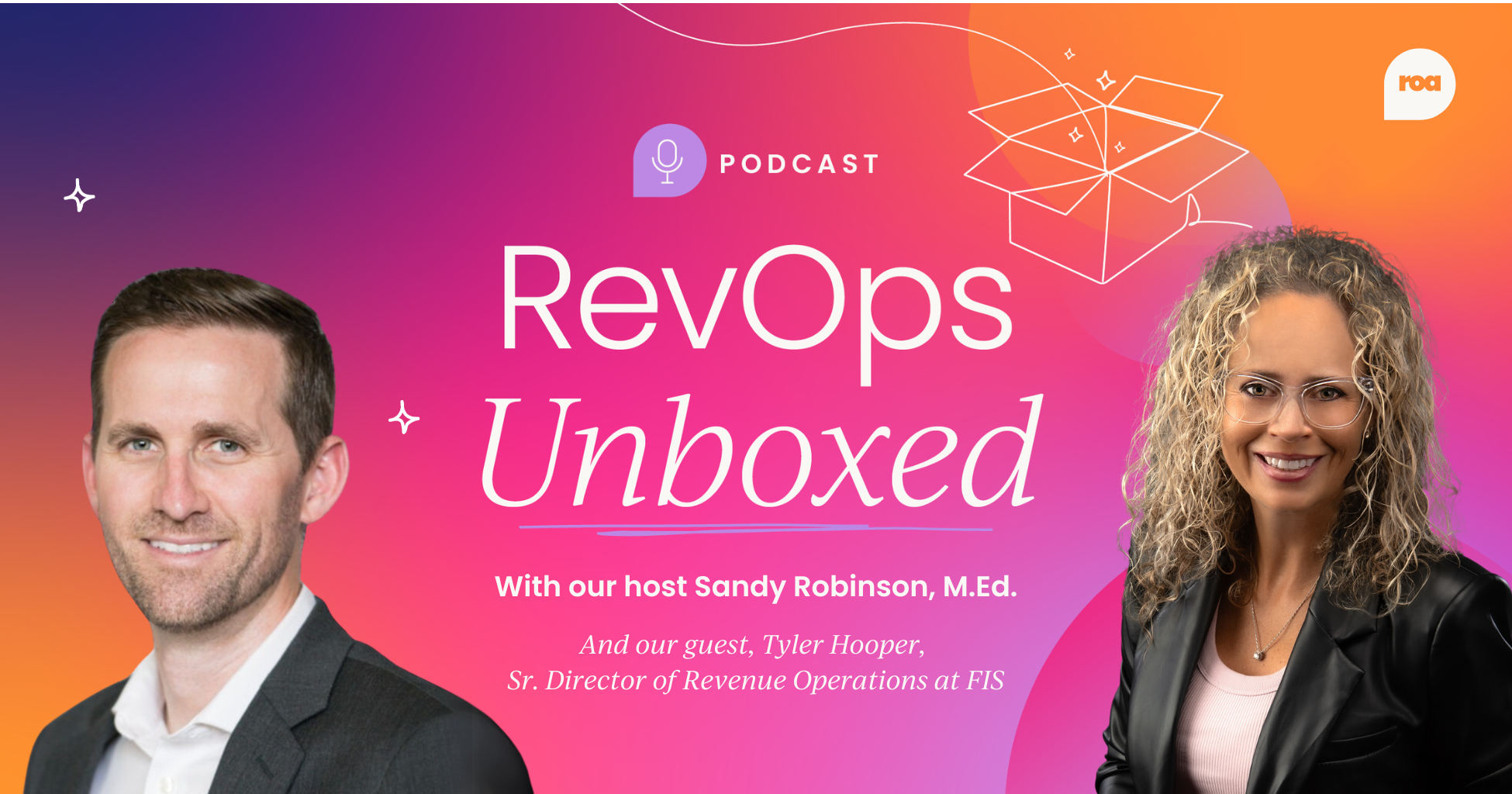Let's talk about what we've done to ourselves
Here's the thing about GTM engineering: It was supposed to make our lives easier.
Instead, we've turned it into this monster that eats budgets, confuses teams, and requires a small army of specialists to keep running.
I've seen marketing teams spend six months building attribution models that nobody uses. I've watched companies hire consultants to build workflows so complex that when someone quits, the whole system falls apart. And I've sat in way too many meetings where everyone nods along to technical explanations that sound impressive but solve problems that don't actually exist.
If you're tired of your marketing stack feeling like a Rube Goldberg machine, you're in the right place.
Let's figure out how we got here and, more importantly, how to get back to something that actually works.
What GTM engineering really is (Spoiler: It's not that complicated)
GTM engineering is just making sure your marketing and sales tools talk to each other nicely and help you sell more stuff. That's it.
It's about:
- Getting your data to flow between systems without breaking
- Automating the boring, repetitive tasks that make your team want to quit
- Making sure everyone can see what's working and what isn't
- Building processes that don't fall apart when someone goes on vacation
Notice what's missing from that list?
Anything about "sophisticated multi-touch attribution algorithms" or "advanced predictive lead scoring matrices."
Those might sound cool in a conference presentation, but they're usually just expensive ways to avoid doing the basic work.

How we turned simple into complicated
The vendor sales pitch problem
Let's be honest about something – software vendors make money by convincing you that marketing is more complicated than it actually is.
They'll show you demos with features you'll never use, integrations you don't need, and workflows that would make a NASA engineer weep.
The whole room was impressed. But nobody asked the obvious question:
"So what do we do with that information?"
Most successful marketing teams I know use maybe 20% of their platform's features. The rest is just expensive digital clutter.
The consultant complexity game
Here's something nobody talks about: Consultants and agencies have every incentive to make your GTM setup as complex as possible.
Complex = more billable hours, longer engagements, and ongoing maintenance contracts.
I've seen simple lead routing turned into six-month "digital transformation" projects. I've watched companies pay consultants to build custom integrations for problems that could be solved with a $50/month Zapier subscription.
And I've heard too many horror stories about teams that can't make basic changes to their own systems because "only the consultant knows how it works."
If your GTM setup requires a PhD to understand, you're probably being sold complexity you don't need.
The marketing conference show-off effect
Go to any marketing conference and you'll see presentations about attribution models that require statistical software to interpret, lead scoring systems with 47 different variables, and customer journey maps that look like subway systems.
Everyone claps. Everyone takes notes. Nobody asks if any of it actually worked.
We've created this culture where simple solutions are somehow less impressive than complicated ones.
But here's the thing, the most successful marketing teams I know have boring, reliable systems that just work.
They're not winning awards for innovation. They're just making money.

Where marketing ops went wrong
The data hoarding problem
Marketing ops teams have become data pack rats. We collect every click, every scroll, every micro-interaction because we might need it someday.
We build scoring models with dozens of variables because more data must be better data, right? Wrong.
I know companies that track 200+ metrics and can't tell you their cost per customer. I've seen lead scoring models so complex that when they break (and they always break), nobody knows how to fix them.
Meanwhile, the companies that are actually growing? They usually track 5-10 metrics that matter and ignore the rest.
They know their conversion rates, their customer acquisition costs, and their lifetime values. Everything else is just noise.
The integration addiction
The average marketing department uses 120+ tools. The natural response? "Let's connect everything to everything!".
This creates what I call integration spaghetti – a mess of connections that breaks every time someone updates their API.
I've seen companies spend months building real-time syncing between tools that update once a week. I've watched teams create bidirectional data flows that create more problems than they solve. And I've helped clean up systems where a single tool failure brought down half the marketing stack.
How digital marketing made it worse
The campaign structure nightmare
Digital marketing has embraced automation, but we've gone overboard. I've seen Google Ads accounts with 1,000+ campaigns that nobody can navigate.
I've watched Facebook campaigns targeting audiences of 50 people (yes, really). I've reviewed email sequences with so many decision points that they look like flow charts from hell.
The irony? The campaigns that perform best are usually the simple ones.
Broad targeting, clear messaging, easy-to-understand structures. But simple doesn't feel sophisticated, so we keep adding complexity.
The attribution obsession
We've become obsessed with perfect attribution, and it's making us crazy. I've seen teams spend months debating whether to use first-touch, last-touch, or some exotic multi-touch model.
I've watched companies build tracking systems so complex that they need data scientists to interpret them.
Here's what I've learned: imperfect attribution that you can actually use is better than perfect attribution that paralyzed your team.
Sometimes "good enough" is actually better than perfect.

The simple way forward
Start with problems, not solutions
Before you implement any tool or process, ask yourself:
- What specific business problem am I trying to solve?
- How will I know if I've solved it?
- What's the simplest thing that could work?
Most of the time, the simplest solution is the right one. If someone's proposing a complex solution to a simple problem, be suspicious.
Build for humans, not systems
Your GTM setup should be understandable by normal humans. If you need to draw a diagram to explain how your lead routing works, it's probably too complex.
If your attribution model requires a statistics degree to interpret, it's probably too complex.
If your campaigns have structures that would confuse a NASA engineer, they're definitely too complex.
The 80/20 rule actually works
Focus on the 20% of features that drive 80% of your results. In most cases, this means:
- Basic tracking and measurement
- Simple automation for repetitive tasks
- Clear, reliable data flows
- Straightforward reporting
Everything else is probably just expensive distraction.
A simple stack that actually works
The core four
- Your CRM: This is where customer data lives. Keep it simple. Use standard fields. Don't create custom objects for every edge case. If your sales team can't navigate it easily, it's too complex.
- Your email platform: This is for nurturing leads and staying in touch with customers. Build linear sequences that make sense. Avoid branching logic that requires a flow chart to understand.
- Your web analytics: This is for understanding what happens on your website. Focus on conversion events and traffic sources. Don't track every click and scroll unless you're actually going to use that data.
- Your advertising platform: This is for finding new customers. Use broad targeting and let the algorithms optimize. Avoid complex campaign structures that require constant maintenance.
Keep integration simple
Use your CRM as the hub – everything else connects to it.
Minimize direct tool-to-tool connections. Use batch processing instead of real-time syncing for most things. Design systems that don't break when one tool has problems.

What success actually looks like
The metrics that matter:
- System uptime: Are your tools working when people need them?
- Data quality: Can you trust the numbers you're seeing?
- Process efficiency: How much manual work have you eliminated?
- User adoption: Are people actually using what you've built?
The business results that matter:
- Lead velocity: How fast are qualified leads moving through your funnel?
- Cost per customer: How much does it cost to acquire a new customer?
- Revenue attribution: How much revenue can you tie back to marketing?
That's it.
If those numbers are moving in the right direction, you're doing it right. Everything else is just vanity metrics.
The future is simple
The next wave of marketing technology is actually making things simpler, not more complex.
No-code platforms let marketers build their own solutions. AI handles the complex optimization tasks. APIs make integration easier.
But here's the thing – simple will always beat complex. The companies that figure this out first will have a huge advantage.
While everyone else is drowning in complexity, they'll be focused on what actually matters: finding customers, serving them well, and growing their business.
Getting back to basics
GTM engineering exists to solve problems, not create them.
When your marketing stack requires a manual to operate, when your attribution model needs a statistician to interpret, or when your automation workflows break every time a vendor updates their API, you've lost the plot.
The most successful marketing teams I know have boring, reliable systems that just work. They don't win awards for innovation. They're not speaking at conferences about their cutting-edge attribution models. They're just quietly making money while everyone else is debugging their overcomplicated systems.
- Start simple.
- Build incrementally.
- Measure what matters.
It just works, letting your team focus on strategy, creativity, and growth instead of fighting with their tools.
The next time someone proposes a complex solution to your GTM challenges, ask them: "Is this solving a real business problem, or are we just making things complicated because complicated feels more professional?"
Your sanity (and your marketing budget) will thank you for choosing simple.
Ankit first published this article on LinkedIn here.



 8 min read
8 min read
 Follow us on LinkedIn
Follow us on LinkedIn







